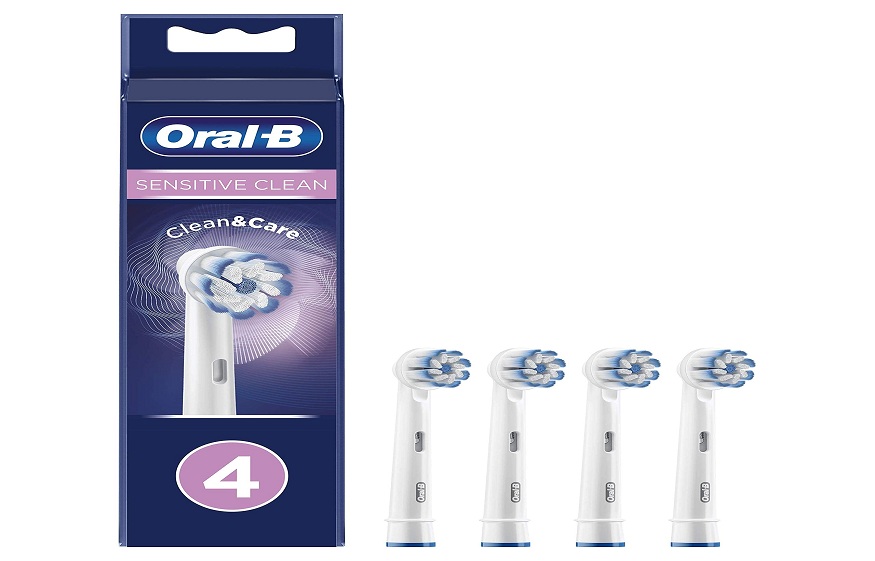Tooth sensitivity affects millions of people worldwide and is most common in individuals between the ages of 20 and 40. It can make everyday activities, like sipping hot coffee or enjoying ice cream, uncomfortable or even painful. Fortunately, with proper brushing habits and techniques, sensitivity can be managed effectively. Using a manual toothbrush correctly is a simple and effective way to reduce discomfort while maintaining optimal oral health. Here are dentist-approved tips for brushing with a manual toothbrush while minimising sensitivity.
1. Choose the Right Manual Toothbrush
A manual toothbrush for sensitive teeth v can make a big difference in oral care. Dentists recommend one with soft bristles, which are gentle on enamel and gums and help reduce irritation and abrasion that can worsen sensitivity. A small or medium-sized brush head makes it easier to reach all areas of the mouth, including hard-to-reach back teeth.
2. Use the Correct Brushing Technique
The way you brush matters just as much as how frequently you do it. Brushing too hard or using aggressive motions can wear down enamel and aggravate gum recession, both of which can increase sensitivity. Dentists advise holding your toothbrush at a 45-degree angle to the gum line and using short, gentle strokes. Focus on one or two teeth at a time rather than sweeping broadly across your entire mouth. Small circular or back-and-forth motions are effective in removing plaque without putting excessive pressure on sensitive areas.
3. Select a Sensitivity-Specific Toothpaste
Toothpaste formulated for sensitive teeth contains ingredients such as potassium nitrate or stannous fluoride, which help block the transmission of pain signals from the tooth surface to the nerve. Applying a pea-sized amount and brushing gently allows these active ingredients to reach the areas of sensitivity effectively. Be consistent, as most desensitising toothpastes require daily use for several weeks to achieve noticeable results.
4. Brush Twice a Day, Not More
While it may seem intuitive that brushing more often would help, over-brushing can worsen sensitivity. Dentists recommend brushing twice daily, ideally in the morning and before bed. Brushing too frequently or aggressively can erode enamel and irritate gums, exposing the sensitive dentin beneath. Maintain a consistent routine and combine brushing with gentle flossing or interdental brushes to remove plaque between teeth without added friction.
5. Avoid Abrasive Additions
Many people unknowingly worsen sensitivity by using highly abrasive toothpaste or scrubbing hard with baking soda or whitening agents. While whitening products can improve appearance, they can also weaken enamel and aggravate sensitive teeth if overused. Stick with a low-abrasive, sensitivity-focused toothpaste and use a soft-bristled toothbrush to maintain a gentle approach.
6. Rinse and Finish with Care
After brushing, rinse with a fluoride mouthwash if recommended by your dentist. Fluoride helps strengthen enamel and provides an additional protective layer against sensitivity triggers. Avoid rinsing vigorously with water immediately afterwards, as this can wash away beneficial fluoride.
8. Regular Dental Checkups Are Key
Even with perfect brushing technique, underlying issues like cavities, gum recession, or enamel erosion can contribute to sensitivity. Regular dental visits allow your dentist to identify and treat problems early, ensuring your brushing routine supports long-term oral health.
The Bottom Line
Managing tooth sensitivity with a manual toothbrush is entirely achievable with the right tools and techniques. Choosing a soft-bristled toothbrush, practising gentle brushing, using desensitising toothpaste, and maintaining consistent oral care habits can significantly reduce discomfort. By following these dentist-approved tips, you can enjoy a comfortable, healthy smile while protecting your teeth for years to come.
Looking for a manual toothbrush for sensitive teeth? Oral-B Sensitive Toothbrushes feature ultra-soft bristles that clean gently without irritating gums. Their compact heads reach between teeth and along the gum line, helping to reduce inflammation and support overall gum health. Ergonomically designed for comfort and control, they’re perfect for daily brushing and maintaining a healthier smile.
https://www.dentalhealth.org/sensitive-teeth

